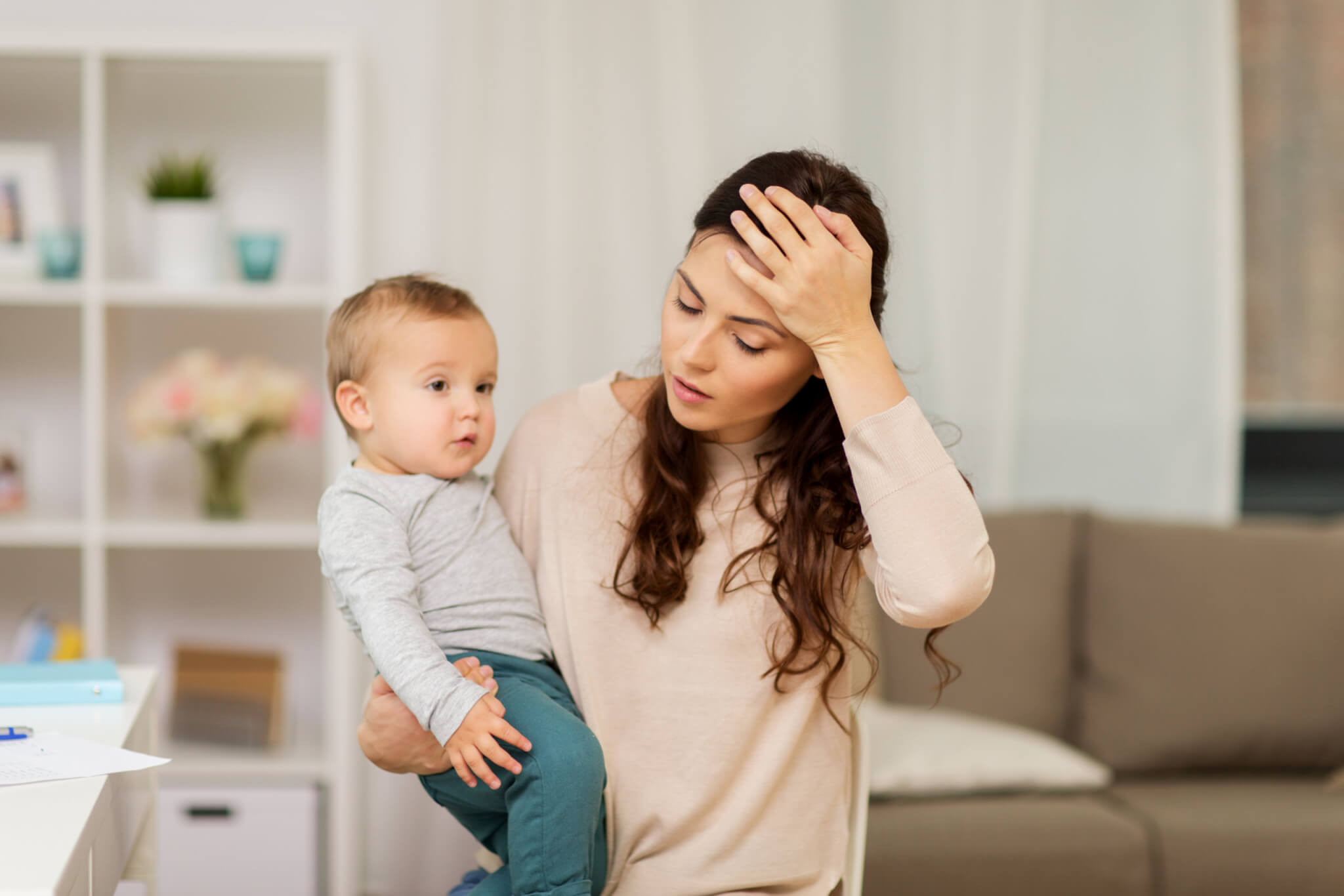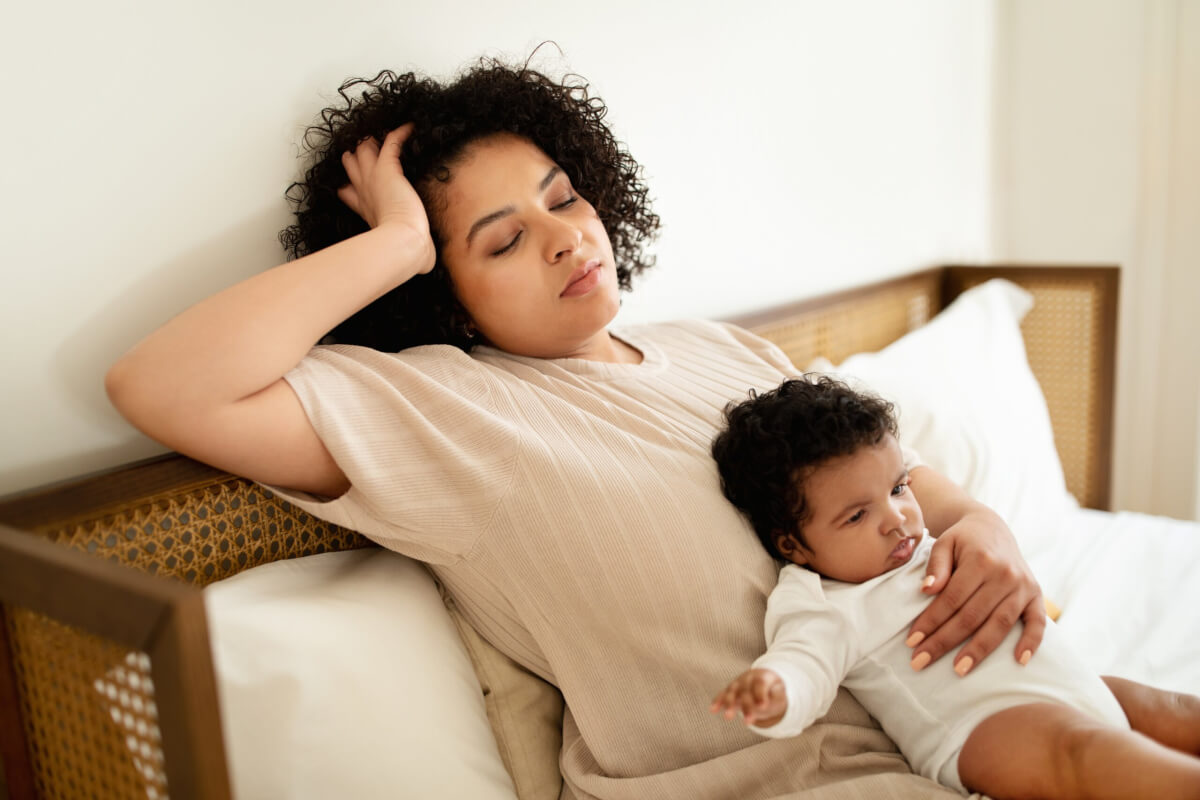AARHUS, Denmark — Becoming a parent is a transformative experience that brings immense joy, but it also comes with a unique set of challenges, especially for mothers. Between the whirlwind of diaper changes, sleepless nights, and the constant demands of caring for a little one, many mothers find it difficult to prioritize their own health and well-being. A new Danish study sheds light on one aspect of this struggle – the tendency for mothers to engage in less moderate to vigorous physical activity compared to women without children.
The study, published in the journal Public Health, analyzed data from nearly 20,000 Danish women aged 20-40. Using self-reported data from the Danish National Health Survey 2021, the researchers compared the physical activity levels of mothers (referred to in the study as “parous women”) to those of women without children (“nulliparous women”). What they found was striking: mothers were 24 percent more likely than their childless peers to fall short of the World Health Organization’s recommended guidelines for physical activity.
So, what exactly are these guidelines? The WHO recommends that adults between 18 and 64 should aim for at least 150 minutes of moderate-intensity physical activity or 75 minutes of vigorous activity each week (or an equivalent combination of the two). Moderate activities are those that get your heart beating faster and make you breathe a bit harder, like brisk walking or gentle cycling. Vigorous activities really get your heart pumping and make it difficult to carry on a conversation, like jogging or playing singles tennis.
Why does this matter? Regular physical activity is vital for maintaining good health. It reduces the risk of chronic diseases like heart disease, stroke, Type 2 diabetes, and some cancers. It also boosts mental health, helps maintain a healthy weight, strengthens bones and muscles, and improves the ability to do everyday activities. For mothers specifically, exercise can also help manage the stress and fatigue of parenting and may even reduce the risk of postpartum depression.

Yet despite these clear benefits, the study found that nearly 64 percent of mothers were not meeting the WHO’s activity guidelines, compared to about 51 percent of women without children. The gap was most pronounced among younger mothers: those between 20 and 30 years-old showed the largest difference in activity levels compared to their childless peers. The reasons for the significant difference can be many.
“Being pregnant and giving birth is a major change for the body for most. Many mothers find it difficult to figure out how and what they can do in terms of physical activity in their ‘new body’ after childbirth,” says lead author Solvej Videbæk Bueno, a PhD student at the Department of Public Health, in a media release. “Other barriers, as we know from the literature, can be lack of time and sleep, which along with breastfeeding and logistical challenges can cause physical activity to be deprioritized. On the other hand, we also know that new mothers are in a life-changing period of their lives, which can positively affect their motivation in relation to behavior changes.”
When looking at the types of activity the women engaged in, the researchers found that mothers were more likely to report light activities like casual walking or easy biking as their primary form of exercise. In contrast, a higher proportion of women without children reported engaging in moderate or vigorous activities during their leisure time. Interestingly, both groups were equally likely to report being mostly sedentary in their free time, suggesting that the key difference lies in the intensity of the activities they engage in.
So, what’s behind this activity gap? While the study didn’t directly investigate the reasons, the authors point to several potential explanations based on previous research. Time constraints are a major factor – between the demands of childcare, household chores, and often paid work as well, many mothers struggle to find time for exercise. Fatigue, lack of energy, and feeling “touched out” from constant physical contact with young children can also make it hard to get moving. Additionally, a lack of social support and limited access to childcare can be significant barriers.
These findings highlight the need for targeted efforts to support mothers in leading more active lifestyles. The authors suggest that the postpartum period could be a critical window of opportunity — a time when women are highly motivated to make healthy changes and have frequent contact with healthcare providers who could offer guidance and support.
Interventions could take many forms, from community programs that provide child-friendly exercise opportunities to policies that make neighborhoods more conducive to active lifestyles for families. Healthcare providers can play a key role by consistently discussing physical activity with new mothers and helping them strategize ways to overcome barriers. On an individual level, the study’s findings underscore the importance of all parents, but especially mothers, prioritizing their own health needs amidst the demands of caregiving.
Of course, the study has some limitations. The data was self-reported, which can be subject to biases, and the cross-sectional design means we can’t draw conclusions about cause and effect. The study also took place during the COVID-19 pandemic, which likely impacted activity levels across the board. Nonetheless, the large, population-representative sample provides a compelling snapshot of a concerning trend.
The bottom line? Motherhood is an incredibly demanding role, and amidst all the pressures, many women are struggling to find time and energy for exercise. However, given the profound health benefits, supporting mothers in this endeavor needs to be a public health priority. Through a combination of individual efforts, community supports, and policy changes, we can create a society where the joys of parenting and the joys of an active lifestyle go hand in hand.
StudyFinds Editor-in-Chief Steve Fink contributed to this report.
